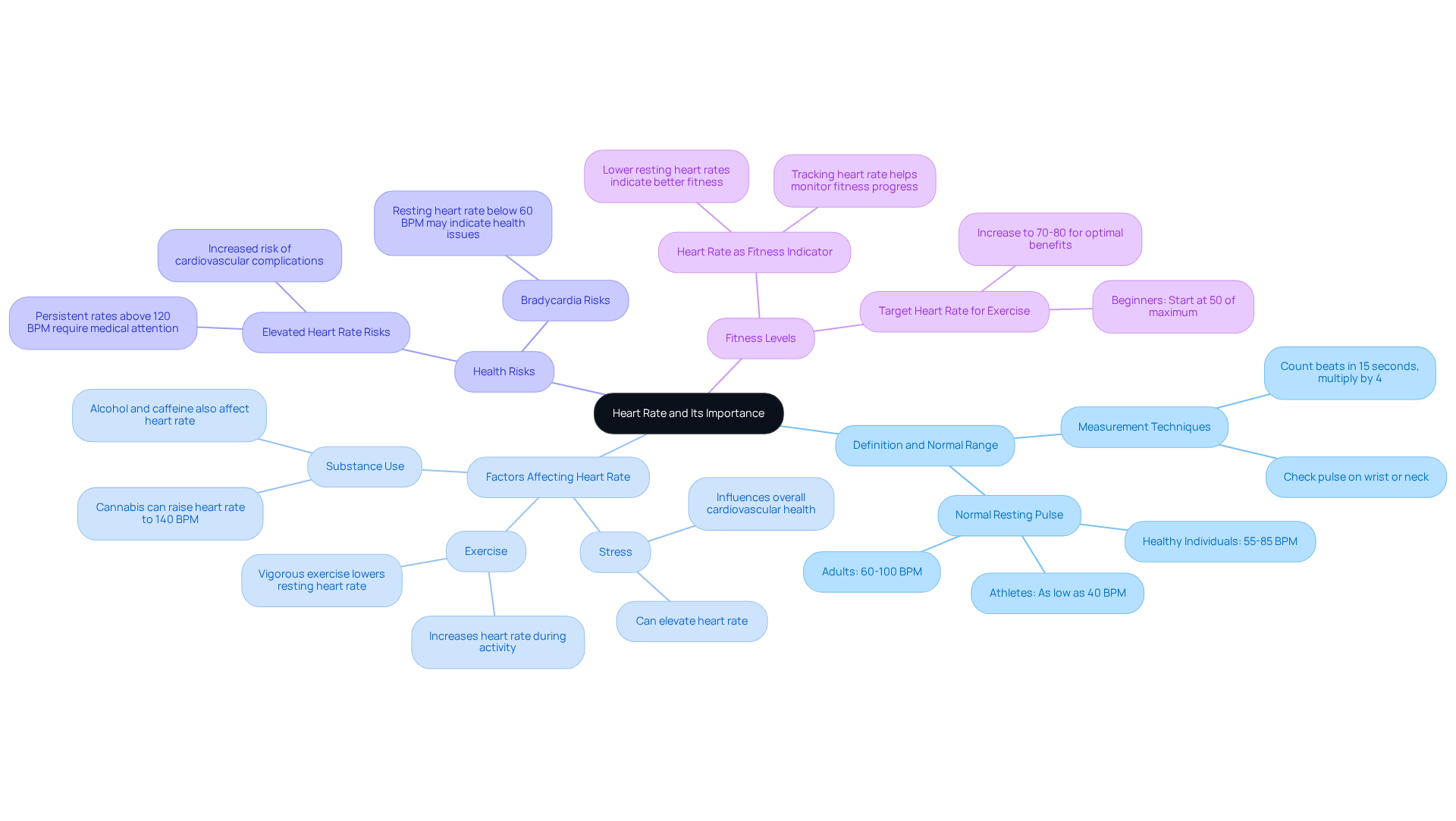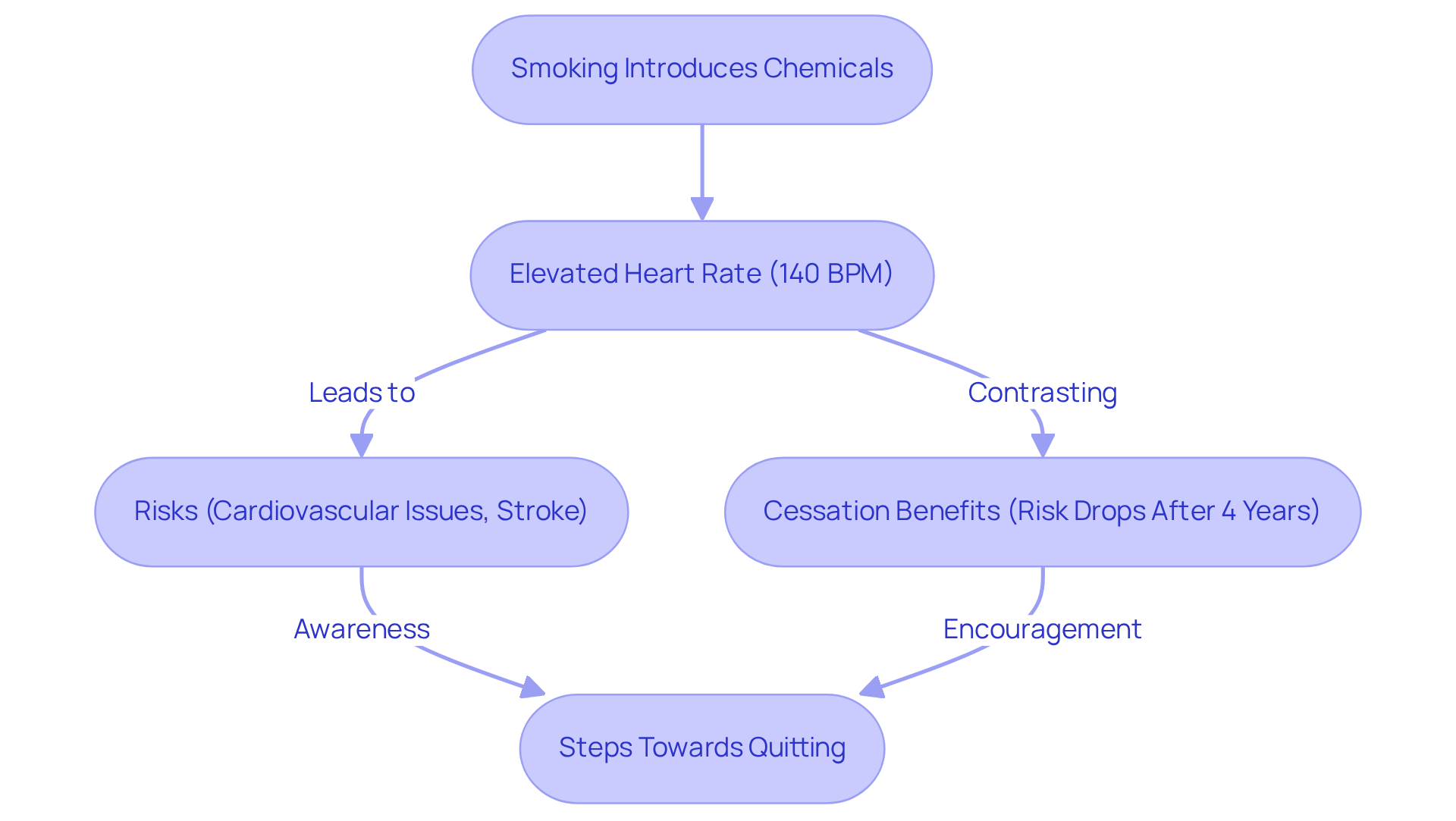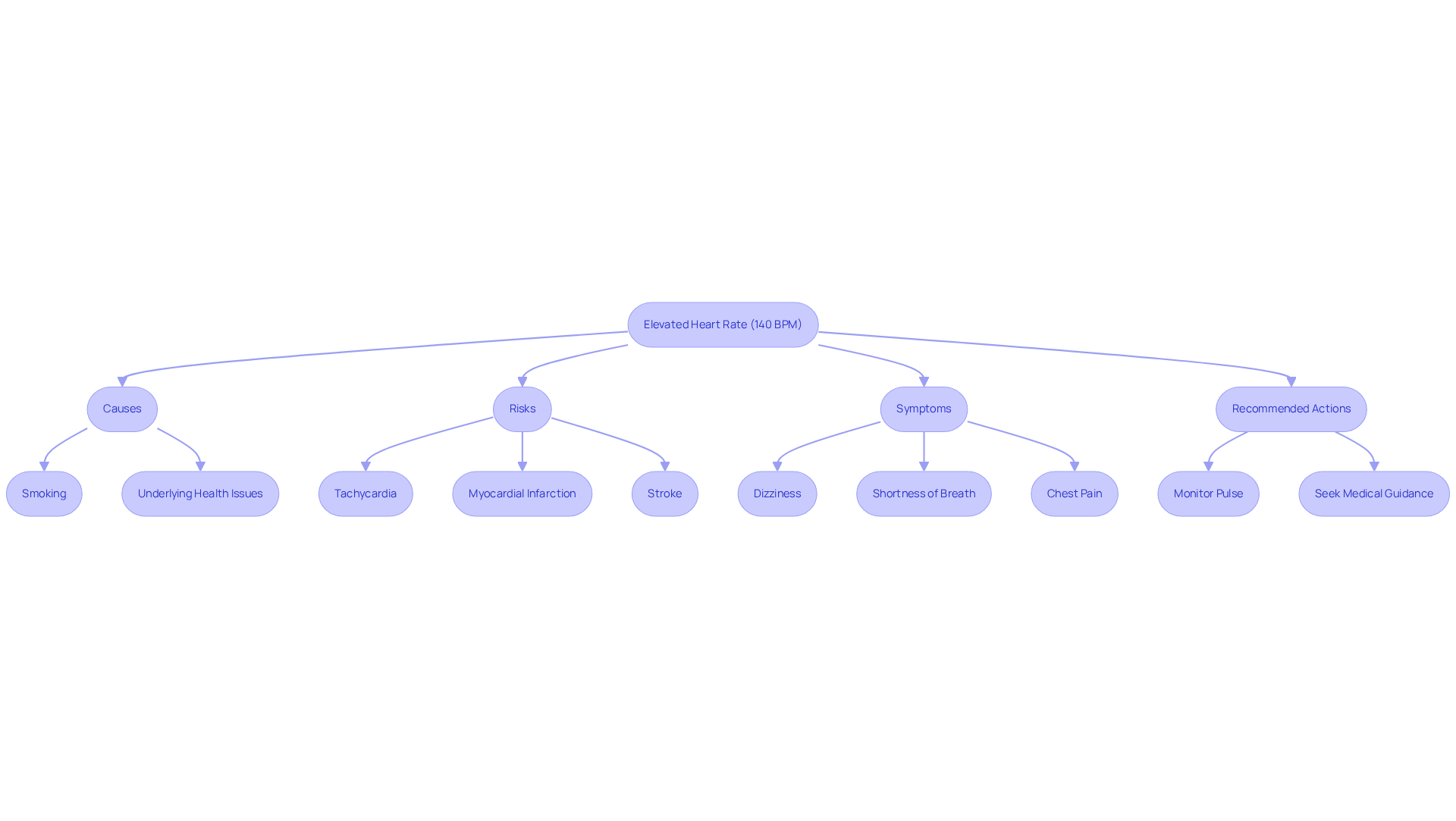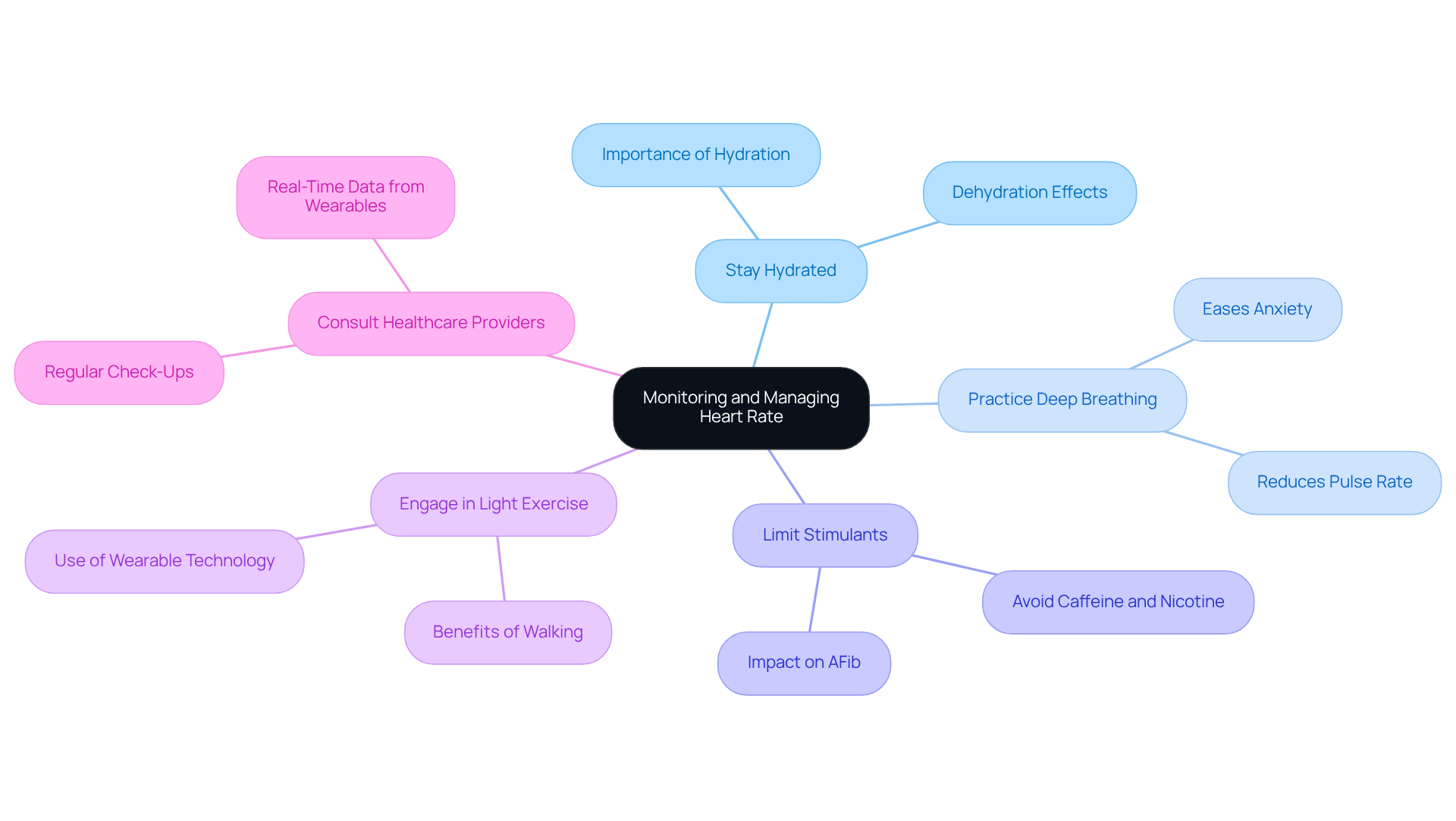Understanding Heart Rate 140 After Smoking: Implications and Management
by Maya Green · July 30, 2025
Learn about the implications and management of a heart rate of 140 after smoking.

Overview
A heart rate of 140 BPM after smoking can be concerning, as it may indicate tachycardia. This condition can signal underlying cardiovascular issues, especially for those who already have pre-existing conditions. It’s important to remember that understanding how smoking affects your heart rate is crucial for your overall health.
Elevated pulse rates can pose potential health risks. You might be wondering how this impacts you personally. By recognizing these risks, you can take proactive steps to manage your heart health. Consider incorporating the following strategies into your routine:
- Hydration
- Deep breathing exercises
- Regular consultations with healthcare providers
These strategies can help mitigate the risks associated with elevated heart rates and support your well-being.
Ultimately, taking care of your heart is a journey. By staying informed and seeking support, you can navigate these challenges with confidence and compassion. Remember, you are not alone in this, and there are resources available to help you along the way.
Introduction
Understanding the nuances of heart rate is essential for anyone concerned about their cardiovascular health, especially in the context of smoking. When you notice a heart rate of 140 beats per minute after smoking, it can be a crucial indicator of how substances like nicotine and cannabis affect your body. This article delves into the implications of such elevated heart rates, exploring not only the potential health risks but also effective management strategies that can empower you to take control of your well-being.
What steps can you take to mitigate these risks? How can you effectively monitor your heart rate in the face of such challenges? It’s important to remember that you are not alone in this journey, and there are ways to navigate these concerns with care and support.
Define Heart Rate and Its Importance
Your pulse is more than just a number; it reflects how well your heart is working to circulate blood throughout your body. Typically measured in beats per minute (BPM), a normal resting pulse for adults ranges from 60 to 100 BPM, with many healthy individuals averaging between 55 and 85 BPM. It’s important to remember that tracking your pulse can provide valuable insights into your cardiovascular health, fitness levels, and how your body responds to various stimuli, such as stress, exercise, and even substances like marijuana, which can lead to a heart rate of 140 after smoking.
For those using medical cannabis, understanding your pulse frequency becomes especially crucial. Both cannabis and smoking can significantly impact your pulse, and a heart rate of 140 after smoking might signal underlying health issues that warrant medical attention. Research has shown that individuals with higher resting pulse rates are at an increased risk for cardiovascular complications, which underscores the importance of regular pulse assessments.
Moreover, your pulse can be a reflection of your fitness level. Well-trained athletes may exhibit resting values as low as 40 BPM, a stark contrast to the average person. This highlights the diversity in what is considered normal and reinforces the need for you to be aware of your own body’s signals.
In conclusion, being mindful of your pulse is essential for maintaining cardiovascular well-being, particularly if you are using medical marijuana. By tracking your pulse, you not only gain insights into your fitness levels but also empower yourself to recognize potential health risks associated with an elevated pulse. Remember, taking action now can lead to a healthier future.
Explore How Smoking Affects Heart Rate
Smoking, whether it involves tobacco or other substances, introduces various chemicals into the body that can stimulate the cardiovascular system. It’s important to recognize that nicotine, a primary element in tobacco, can elevate pulse and result in a heart rate of 140 after smoking by promoting the release of adrenaline, causing the heart to beat quicker. You may find that using marijuana can also lead to a heart rate of 140 after smoking, which is commonly known as tachycardia. Research has shown that heart rate can reach 140 after smoking marijuana, with pulse rates increasing by 20 to 50 BPM shortly after use, especially in inexperienced users or those with pre-existing cardiovascular issues.
Understanding these impacts is crucial, especially for individuals using marijuana for therapeutic reasons. This knowledge can assist in managing well-being more effectively. Moreover, cannabis consumption may increase the risk of cardiovascular problems, including stroke and coronary disease, which underscores the need for awareness and caution among users. It’s reassuring to know that research indicates that after four years of quitting smoking, the risk of stroke drops significantly, highlighting the long-term cardiovascular benefits of cessation.
Experts, including Dr. Payal Kohli, emphasize the serious cardiovascular side effects of smoking. This reinforces the importance of understanding these risks. Remember, taking steps towards quitting can lead to a healthier future, and you are not alone in this journey.
Analyze the Implications of a Heart Rate of 140
An elevated pulse of 140 BPM can be concerning and may indicate tachycardia. This condition can often occur as a reaction to smoking, particularly if there is a heart rate of 140 after smoking, but it may also signal underlying health issues that deserve attention. For those with existing cardiac conditions, such a high pulse presents notable risks, including an increased likelihood of a myocardial infarction or stroke.
You might experience symptoms like:
- Dizziness
- Shortness of breath
- Chest pain
when your pulse is elevated. It’s crucial to monitor your pulse, especially if you are using medical cannabis. Recognizing when your pulse exceeds normal levels can empower you to take control of your health.
If you notice your pulse remains high for an extended period or if you experience any concerning symptoms, please seek medical guidance. Remember, taking proactive steps can make a significant difference in your well-being.
Provide Strategies for Monitoring and Managing Heart Rate
Monitoring your pulse can be easily achieved through wearable gadgets or smartphone applications that track beats per minute (BPM). It’s essential to recognize the importance of managing your heart rate, particularly when your heart rate reaches 140 after smoking, especially if you’re navigating challenges related to cardiovascular health. Here are some supportive strategies to consider:
-
Stay Hydrated: Remember, dehydration can exacerbate increases in pulse. Ensuring you drink enough fluids is vital. Studies indicate that proper hydration plays a crucial role in cardiovascular health, particularly for those using medical cannabis.
-
Practice Deep Breathing: Engaging in deep breathing exercises can help lower your pulse and ease feelings of anxiety. As Dr. Rod S. Passman highlights, relaxation techniques can significantly impact rhythm management, offering you a sense of calm.
-
Limit Stimulants: It’s wise to avoid extra stimulants like caffeine or nicotine, which can further elevate your pulse. The prevalence of atrial fibrillation (AFib) in the U.S. serves as a reminder of the importance of managing factors that can lead to a heart rate of 140 after smoking, as AFib affects nearly five million individuals.
-
Engage in Light Exercise: Gentle activities such as walking can help regulate your pulse rate over time. Utilizing wearable technology can assist you in tracking these activities, providing valuable insights for both you and your healthcare providers.
-
Consult Healthcare Providers: Regular check-ups with medical professionals are crucial for monitoring your cardiovascular condition, especially if you use medical cannabis. Incorporating wearables can enhance these consultations by offering real-time data on your cardiac rhythms and overall well-being.
By embracing these strategies, you can take proactive steps to manage your heart rate 140 after smoking and improve your overall health. The integration of wearable technology not only aids in monitoring but also personalizes your management plan, making it an invaluable resource for those dealing with chronic pain. It’s important to remember that you are not alone in this journey, and taking these steps can lead to a healthier, more balanced life.
Conclusion
Understanding the implications of a heart rate of 140 after smoking is crucial for your cardiovascular health. This elevated pulse can be a direct response to the chemicals introduced by smoking, particularly nicotine and THC, which stimulate the heart and can lead to tachycardia. It’s important to recognize this response, especially if you are using medical cannabis, as it may indicate underlying health issues that need your attention.
This article explores the physiological effects of smoking on heart rate, emphasizing the importance of monitoring your pulse and recognizing symptoms associated with elevated heart rates. You may find that strategies for managing a high heart rate include:
- Staying hydrated
- Practicing deep breathing
- Limiting stimulants
- Engaging in light exercise
- Consulting healthcare professionals
These steps not only enhance your personal health management but also empower you to take control of your cardiovascular well-being.
Ultimately, being proactive about your heart health is vital. By understanding how smoking affects your heart rate and implementing effective management strategies, you can significantly reduce your risk of cardiovascular complications. Embracing these practices fosters better health and encourages a more informed approach to your lifestyle choices, paving the way for a healthier future.
Frequently Asked Questions
What is heart rate and how is it measured?
Heart rate, or pulse, is measured in beats per minute (BPM) and reflects how well the heart circulates blood throughout the body.
What is considered a normal resting pulse for adults?
A normal resting pulse for adults ranges from 60 to 100 BPM, with many healthy individuals averaging between 55 and 85 BPM.
Why is tracking pulse important?
Tracking your pulse provides valuable insights into cardiovascular health, fitness levels, and how the body responds to various stimuli, including stress and exercise.
How does smoking affect heart rate?
Smoking, including the use of medical cannabis, can significantly increase heart rate, potentially leading to a pulse of 140 BPM after smoking, which may indicate underlying health issues.
What is the relationship between resting pulse rates and cardiovascular health?
Research indicates that individuals with higher resting pulse rates are at an increased risk for cardiovascular complications, highlighting the importance of regular pulse assessments.
How does fitness level influence resting pulse rates?
Well-trained athletes may have resting pulse rates as low as 40 BPM, demonstrating a significant difference compared to the average person, which emphasizes the variability in what is considered normal.
What should individuals using medical marijuana consider regarding their pulse?
Individuals using medical marijuana should be particularly mindful of their pulse frequency, as elevated rates may signal potential health risks that warrant medical attention.
Last Updated: July 29, 2025
Get Approved for Your Medical Marijuana Card in Minutes!

Get Your Medical Card
Connect with a licensed physician online in minutes
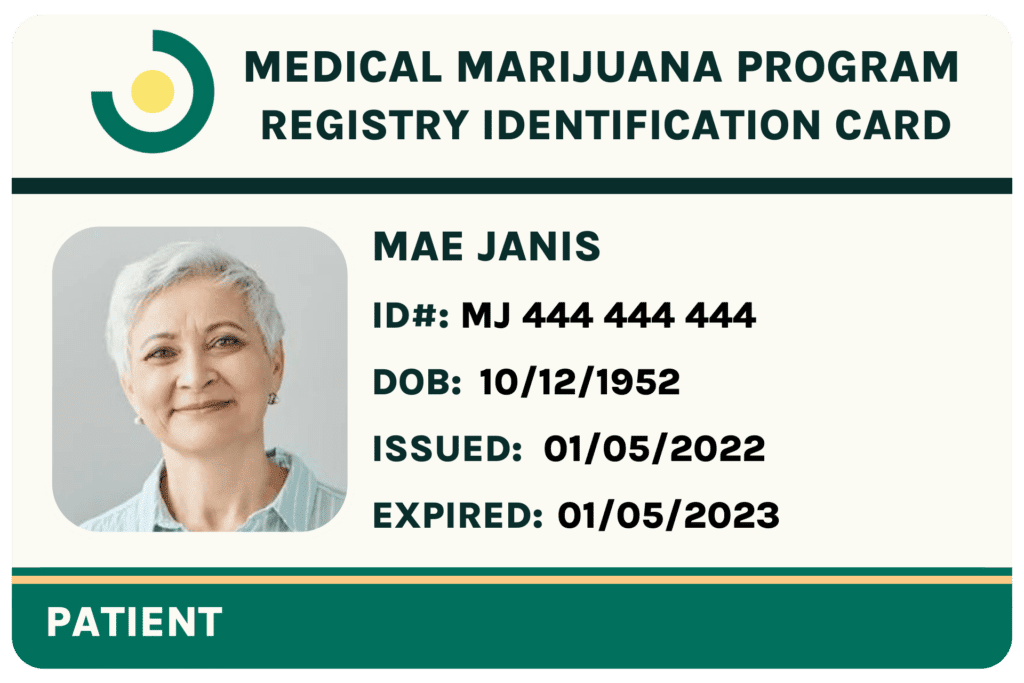
Like This Article?
Share with your friends
Table of Contents
Keep Reading
-
How to Properly Store Cannabis Flower So That It Lasts
If you want your cannabis flower to last, you need to store it properly! Here’s a guide on how to do just that.
-
Is Medical Marijuana Legal in Georgia? Your Essential Checklist for Compliance
Explore the legal status of medical marijuana in Georgia with this essential compliance checklist.
-
The Art Of Growing Cannabis For Medical Purposes
Uncover the art of growing cannabis for medical purposes and tap into the healing potential of nature. Explore our guide to cultivating cannabis for medical use and start your journey towards wellness today. Click now to unlock the secrets!

